Home>Garden Essentials>How To Germinate English Oaks
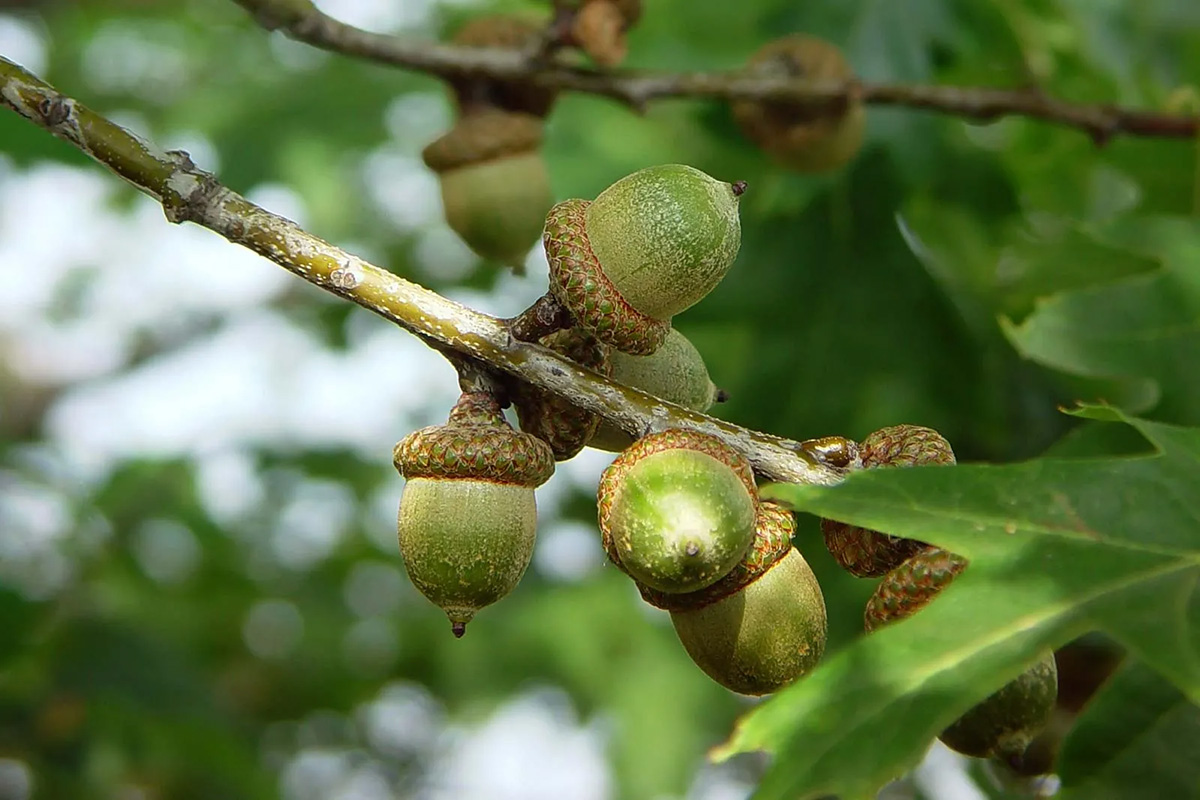

Garden Essentials
How To Germinate English Oaks
Modified: March 16, 2024
Learn how to germinate English oaks in your garden with our comprehensive guide. Maximize your chances of success and watch your garden flourish with these expert tips.
(Many of the links in this article redirect to a specific reviewed product. Your purchase of these products through affiliate links helps to generate commission for Storables.com, at no extra cost. Learn more)
Introduction
Germinating English Oaks (Quercus robur) is a rewarding and fulfilling experience for any garden enthusiast or nature lover. English Oaks are majestic trees that add beauty and charm to any landscape. They are known for their sturdy trunks, iconic lobed leaves, and the shelter they provide for various wildlife species.
If you’re eager to embark on the journey of germinating English Oaks, this comprehensive guide will provide you with the knowledge and steps needed to successfully grow these magnificent trees from seeds. From selecting the right seeds to caring for germinated oaks, we’ve got you covered.
Before we dive into the process of germinating English Oaks, it’s important to note that this method can take time, patience, and careful attention. However, the end result is worth the effort, as you’ll have your very own young oak trees that can grow and thrive for years to come.
Disclaimer: English Oaks are slow-growing trees, and it may take several years for them to reach maturity. Be prepared for a long-term commitment when germinating and growing these trees.
Key Takeaways:
- Patience and care are key when germinating English Oaks. Select high-quality seeds, create the right environment, and provide proper care for rewarding results.
- Germinating English Oaks takes time, but the outcome is worth it. Follow the steps, stay committed, and enjoy the journey of growing majestic oak trees.
Read more: How To Germinate A Bur Oak Acorn
Selecting the Right Seeds
The first step in germinating English Oaks is selecting the right seeds. It’s important to choose high-quality seeds that have the best chance of germination. Here are some tips to help you select the right seeds:
- Source reputable suppliers: Look for reputable seed suppliers or nurseries that specialize in oak tree seeds. This ensures that you are getting seeds from reliable sources.
- Freshness: Opt for fresh seeds whenever possible. Fresh seeds have a higher germination rate compared to older seeds.
- Species selection: English Oaks come in different species, so choose the species that is suitable for your climate and growing conditions. The most common species is Quercus robur.
- Seed viability: Check the seed viability by performing a float test. Place the seeds in a bowl of water, and if they sink, they are most likely viable. Discard seeds that float as they may not germinate successfully.
- Seed health: Inspect the seeds for any signs of damage, mold, or pests. Discard any seeds that appear unhealthy or compromised.
By selecting the right seeds, you increase the chances of successful germination and growth of your English Oaks. Take your time to research and choose the best quality seeds to ensure a healthy and thriving tree in the long run.
Preparing the Germination Environment
Creating the ideal germination environment is crucial for the successful growth of English Oak seeds. Here are the key steps to prepare the germination environment:
- Seed trays or pots: Choose seed trays or pots that are deep enough to accommodate the root system of the young oak trees. Ensure they have drainage holes in the bottom to prevent waterlogging.
- Potting mix: Use a well-draining potting mix that is rich in organic matter. Avoid heavy clay soils, as they can retain too much moisture and hinder seed germination.
- Add perlite or sand: Add perlite or sand to the potting mix to improve drainage and prevent waterlogging. This helps to mimic the natural growing conditions of oak trees.
- Moisture: Prior to sowing the seeds, moisten the potting mix with water. It should be damp but not saturated.
- Temperature: English Oaks prefer cool temperatures for germination. Maintain a temperature of around 40-50°F (4-10°C) during the stratification process (explained in the next section).
- Light: While oak seeds don’t require light to germinate, provide indirect light once the seeds have sprouted. Avoid placing them in direct sunlight, as it can cause excessive heat and damage the delicate seedlings.
- Humidity: To promote a humid environment, cover the seed trays or pots with a plastic dome or place them in a clear plastic bag. This helps to maintain proper moisture levels and facilitate germination.
By preparing the germination environment with these considerations in mind, you provide the optimum conditions for the English Oak seeds to sprout and establish healthy root systems. Remember to monitor the moisture levels and adjust accordingly throughout the germination process.
Stratification Process
The stratification process is an essential step for germinating English Oak seeds. It mimics the natural conditions the seeds would experience during winter, breaking their dormancy and preparing them for germination. Follow these steps for successful stratification:
- Cold stratification: Place the seeds in a plastic bag or container filled with a moistened growing medium, such as peat moss. Seal the bag or container and refrigerate it for a period of 60-90 days. This prolonged exposure to cool temperatures will simulate winter conditions.
- Moisture check: Regularly check the moisture levels of the growing medium. It should remain damp but not waterlogged. If necessary, lightly mist the medium to maintain moisture.
- Periodic ventilation: Every few weeks, open the bag or container to allow for some air circulation. This prevents mold or fungal growth and ensures the seeds receive adequate oxygen.
- Temperature variations: To further simulate natural conditions, consider periodically shifting the container between the refrigerator and a cool location, such as a garage or basement, to provide temperature variations during the stratification period.
During the stratification process, the cold temperatures and moisture signals the seeds to break their dormancy and prepare for germination. It is important to stay patient and consistent throughout this phase, as it is crucial for successful germination.
After the recommended stratification period, the seeds are ready for sowing. Keep in mind that not all seeds may germinate, so it’s best to sow a few extra seeds to ensure a higher success rate. Let’s move on to the next step, sowing the seeds.
To germinate English oaks, stratify the acorns in a moist, cool environment for 2-3 months before planting in well-draining soil. Keep the soil consistently moist and provide partial shade.
Sowing Seeds
Now that your English Oak seeds have undergone the stratification process, it’s time to sow them in the prepared germination environment. Follow these steps for successful seed sowing:
- Prepare the pots: Fill the seed trays or pots with the moistened potting mix. Ensure there is sufficient depth to accommodate the seedlings’ root systems.
- Sow the seeds: Create small indentations in the potting mix using your finger or a pencil. Place one seed in each indentation and cover it lightly with a thin layer of potting mix. Space the seeds several inches apart to allow room for growth.
- Label the pots: Use plant labels or popsicle sticks to mark the pots with the date and the name of the plant. This will help you keep track of the germination process.
- Mist the soil: Gently mist the soil surface with water to provide moisture without disturbing the seeds. Be careful not to overwater as it can cause rotting.
- Place in a warm location: Find a suitable warm spot for the pots, ideally with a temperature between 60-70°F (15-21°C). Avoid placing them in direct sunlight at this stage.
- Maintain moisture: Regularly check the soil moisture and mist as needed to keep the top layer slightly damp. Avoid letting the soil dry out completely.
Now you’ve successfully sown the English Oak seeds. It’s important to be patient and provide the right conditions for germination to occur. Regularly monitor the pots and look for signs of seedlings emerging from the soil, which indicates successful germination.
Next, we’ll discuss how to properly care for the germinated oaks to ensure their healthy growth and development.
Read more: How Long Does English Lavender To Germinate
Caring for Germinated Oaks
Once your English Oak seeds have germinated and the young seedlings have emerged, it’s crucial to provide the proper care and nurturing to ensure their healthy growth. Here are the essential steps to care for germinated oaks:
- Light: After the seedlings have sprouted, provide them with indirect sunlight or fluorescent grow lights for 12-16 hours a day. Gradually introduce them to more sunlight to avoid shock.
- Watering: Keep the soil consistently moist but not waterlogged. Water the seedlings whenever the top layer of soil feels dry to the touch. Use a gentle spray or misting bottle to avoid damaging the delicate seedlings.
- Temperature: Maintain a temperature between 60-70°F (15-21°C) during the seedlings’ early growth. Avoid exposing them to extreme temperature fluctuations, as it can stress the plants.
- Thin out seedlings: If multiple seedlings emerge in a single pot, gently remove the weaker ones, leaving only the strongest and healthiest plant to grow. This ensures sufficient space and resources for the chosen seedling.
- Fertilization: Avoid fertilizing the young seedlings until they have developed a strong root system and a few sets of true leaves. Once they reach this stage, you can start applying a balanced liquid fertilizer at half strength every two weeks.
- Transplanting: As the seedlings grow and develop, they will eventually outgrow their containers. Transplant them into larger pots or into the ground, ensuring proper spacing and suitable soil conditions.
- Protection from pests: Monitor the seedlings for any signs of pests, such as aphids or caterpillars. If detected, treat the infestation using organic pest control methods to protect the young plants.
By providing the right amount of light, water, temperature, and care, your germinated English Oak seedlings will thrive and prepare for their journey into becoming strong, mature oak trees.
Remember, growing trees from seeds requires patience and dedication. It may take several years for the seedlings to reach a size suitable for planting in their permanent location. Take joy in nurturing and watching your oak tree grow, knowing that you have contributed to the beauty and health of your garden and the environment.
Conclusion
Growing your own English Oaks from seeds is a rewarding and fulfilling endeavor. From selecting the right seeds to caring for germinated oaks, each step of the process plays a crucial role in the success of your saplings.
Remember, patience is key when it comes to germinating English Oaks. These majestic trees require time to grow and establish themselves. With dedication and proper care, you can witness the transformation of tiny seeds into magnificent oak trees that will stand the test of time.
By selecting high-quality seeds, preparing the germination environment, undergoing the stratification process, sowing the seeds, and providing appropriate care, you are creating the optimal conditions for germination and growth. Though the journey may be long, the outcome is well worth it.
English Oaks are not just trees; they are symbols of strength, beauty, and longevity. As they mature and provide shade, shelter, and habitat for various wildlife, they become an integral part of your garden ecosystem.
So, if you’re ready to embark on this journey, follow the steps outlined in this guide, stay committed, and enjoy the process. Your efforts will be rewarded with the sight of thriving English Oaks that will enrich your garden and leave a lasting legacy for generations to come.
Happy germinating and growing!
Frequently Asked Questions about How To Germinate English Oaks
Was this page helpful?
At Storables.com, we guarantee accurate and reliable information. Our content, validated by Expert Board Contributors, is crafted following stringent Editorial Policies. We're committed to providing you with well-researched, expert-backed insights for all your informational needs.


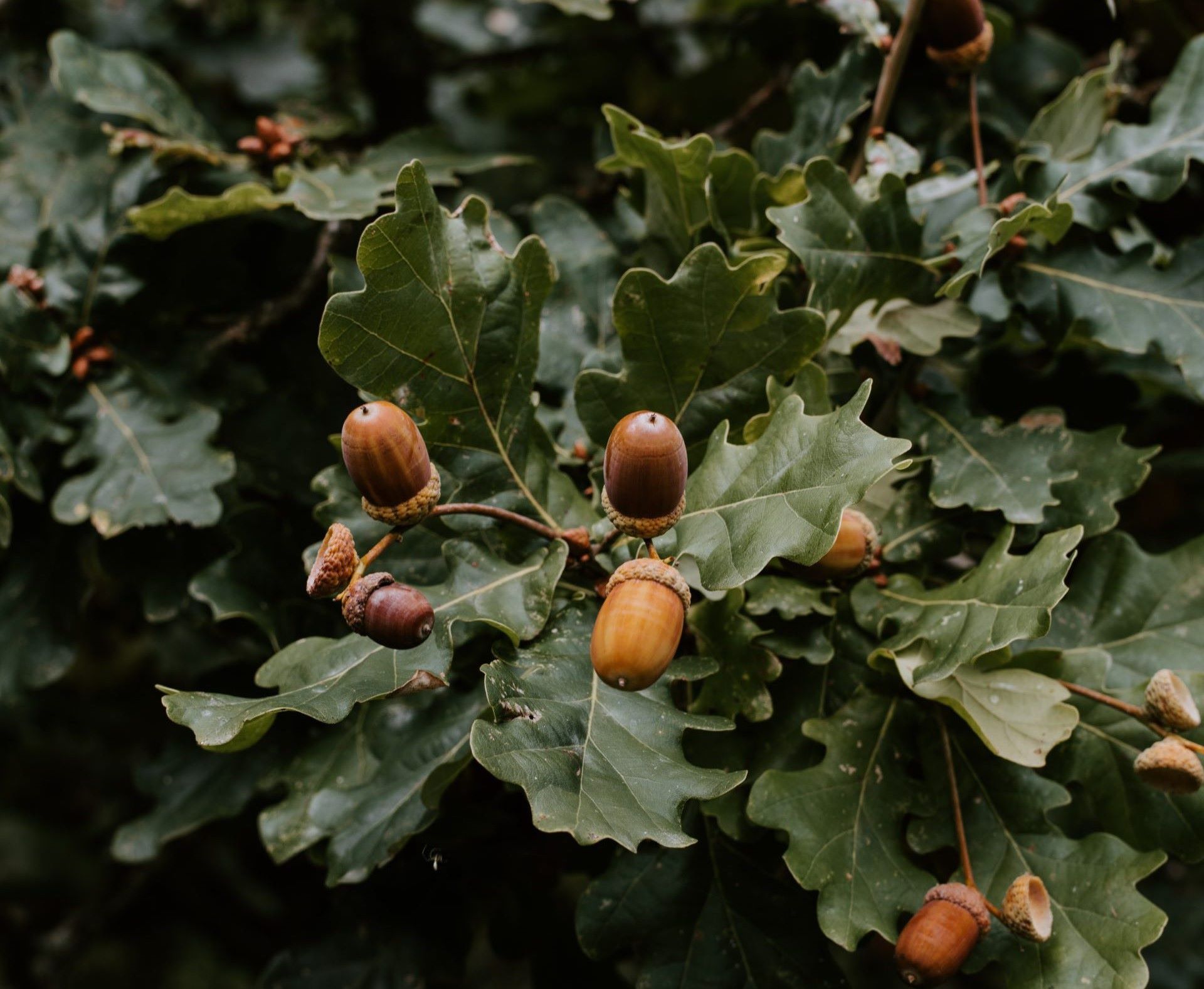
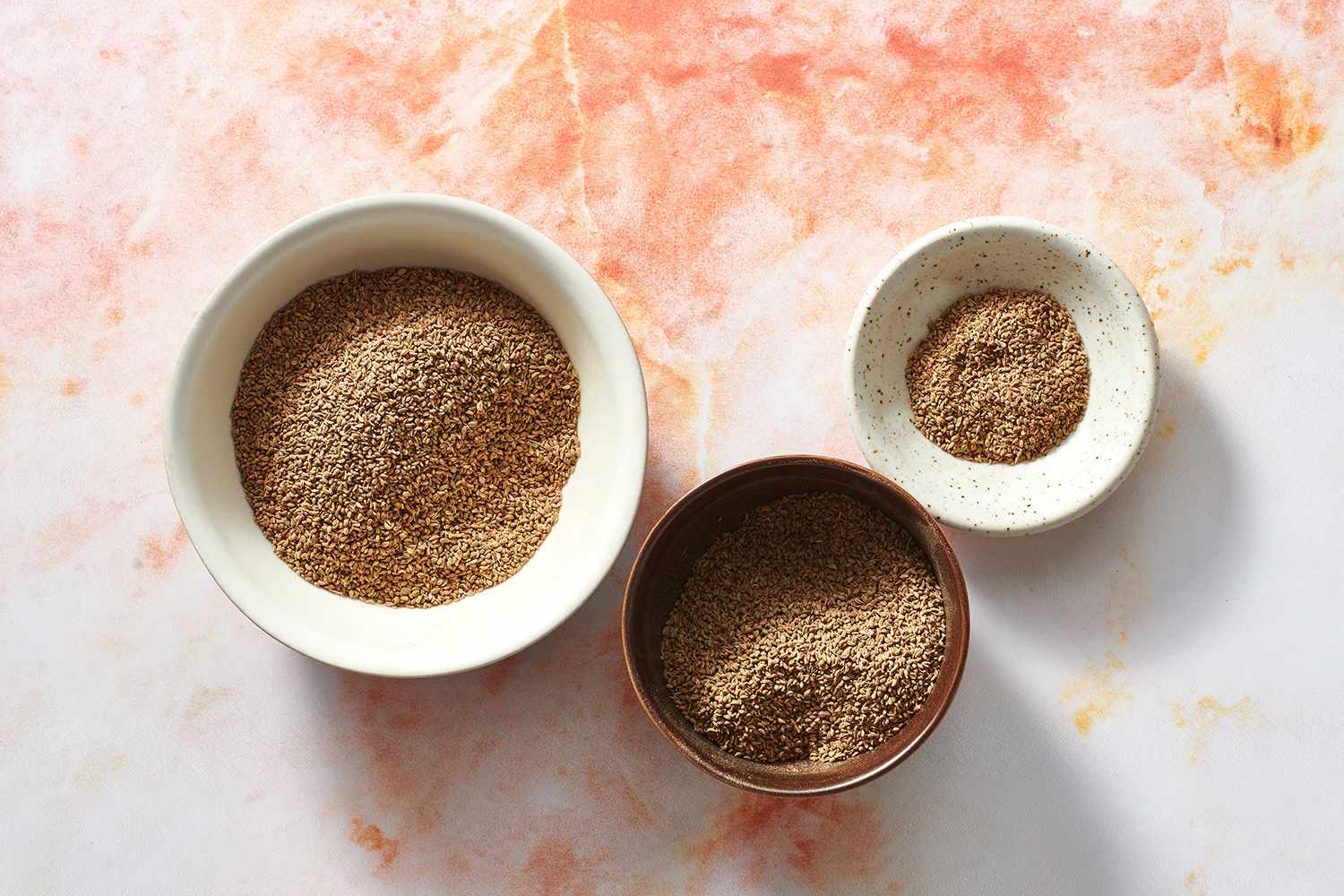
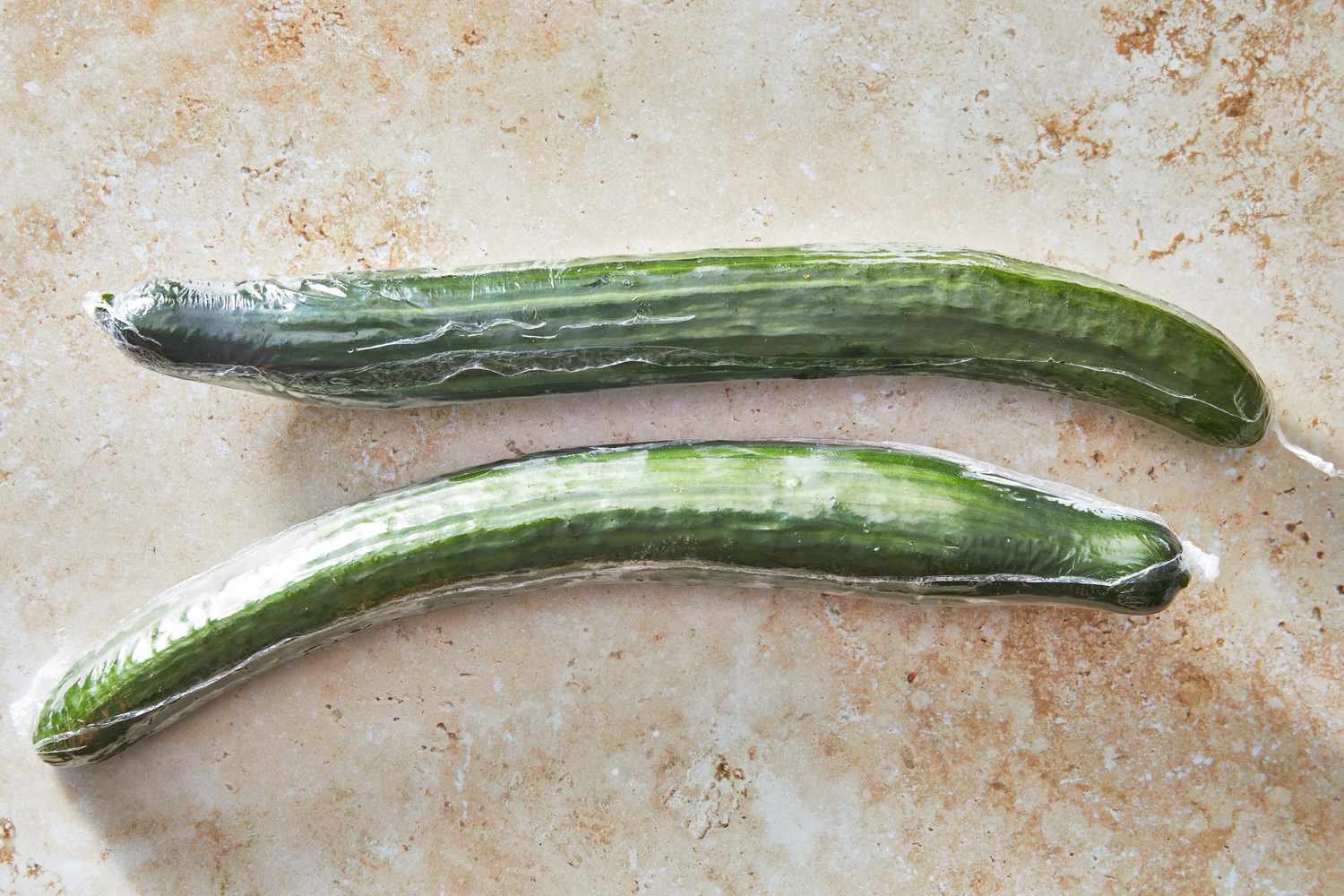








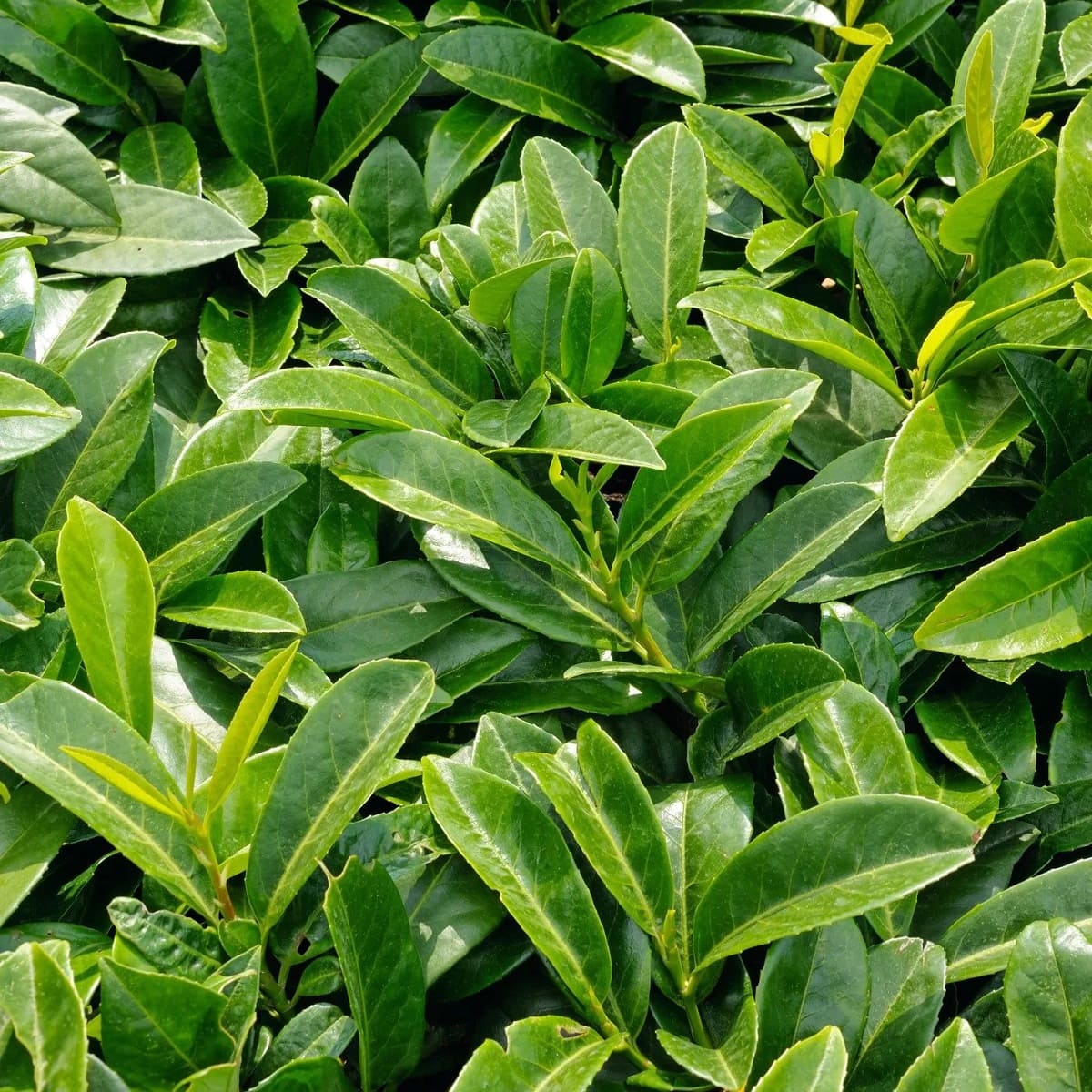

0 thoughts on “How To Germinate English Oaks”